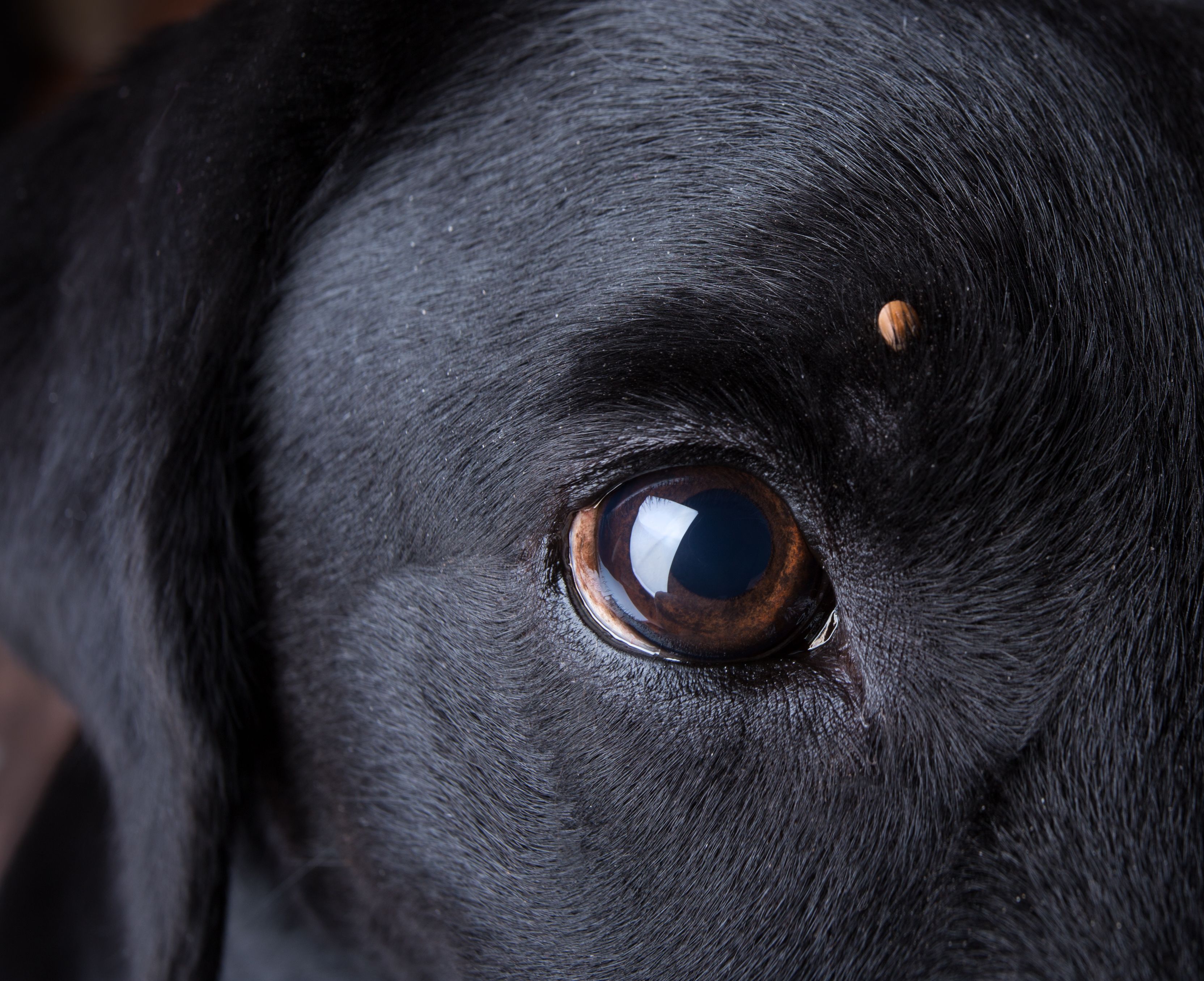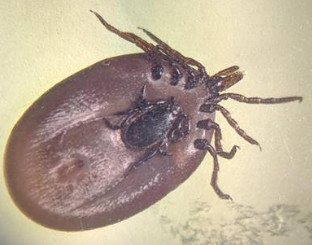While nothing can be 100 effective The Companion Animal Parasite Council says the most important thing to do to prevent ticks is to use a combination flea and tick control agent according to your veterinarians instructions all year round. Use a Flea and Tick Comb from Amazon regularly on your dog to help remove ticks and fleas before they bite your dogs skin.
 How To Remove A Tick From A Dog What Ticks Look Like On A Dog
How To Remove A Tick From A Dog What Ticks Look Like On A Dog
The safest and best way to remove a tick from a dog is to pull it ut with good fine-tipped tweezers or with a special tick hook.

What to do with a tick on a dog. The best way to remove a tick on a dog is to pluck it off as fast as possible Dr. De Jong and Dr. This would either be using a scalpel knife to surgically slice out the tick with a bit of dog skin under anesthesia.
Put on gloves to protect yourself from possible bacteria transfer and grab the tick at the base of the head where its attached to the skin and pull directly out in one motion says Dr. Rotate the tool clockwise or counterclockwise until the tick detaches from the skin do not pull on the tick while it is still attached. If the tick is not embedded simply pluck it from your dogs fur and dispose of it.
Do not try to burn the tick or try to smother it. What a tick on a dog looks like BEFORE and AFTER feeding. This will allow you to spot ticks hidden under the fur.
This is dangerous for the dog and the tick will take longer to detach. In the post-feeding stage ticks can grow up to 1cm in diameter which is basically the size of a Lima bean. Grab a pair of fine-tipped tweezers.
How to remove a tick from a dog. The proper way to remove a tick from a dog is to use tweezers or a tick remover grasp the tick as close to the skin as possible and pull up quickly and all in one motion. The method does not always work.
Keep an eye on your pup for the next few days and check the bite location for swelling or redness which are signs of infection. Removing a Tick From Your Dog If youve found a tick your next job is to remove it. What to Do If the Head of the Tick Gets Stuck in Your Dogs Skin.
Once the tick is out chances are that the vet might have it tested to figure it out if it is a Lyme infected tick or not. Very Small Dog Breeds Miniature Dogs That Dont Shed Czech Wolfdog Puppy Lowland Sheepdog If they didnt have such a piercing bark they would be perfect Polish lowland sheepdog This delightfully shaggy herding breed called. Examine the tick to make sure all body parts have been removed from your dogs skin.
Once the tick has detached lift the tick away from the skin. Get your tick remover and slowly push it under the tick. This can prevent the transmission of disease and infestation.
Jun 9 2020. The Humane Society also recommends tick removers preferably disinfected with isopropyl alcohol like the Tick Twister. How to remove a tick head from a dog.
If it hasnt bitten you can flush it down the toilet submerge it in rubbing alcohol or wrap it in tape. Use your hand or a brush to push your dogs hair against the natural direction of growth. When you have a firm grasp of the tick twist it in a clockwise direction several times until the tick comes loose.
If you have a long-haired dog keep your dogs fur groomed often especially in the spring and summer time. If your dog has a tick then the best you can do is remove the tick immediately. Slide the remover under the tick and then pull the tick swiftly out of.
Before the procedure be sure to wear gloves to avoid infection. Image courtesy of the CDC. Pop the tick in a tissue and place it in the bin before washing your hands.
Use a clean pair of sharp pointed flat tweezers to gently grasp the head of the tick where it attaches to the dog skin. This way if your dog does show signs of illness later you can take the tick with you to the vet to test for tick-borne illnesses. If youve just pulled a tick off of your dog you might be wondering how you can avoid it in the future.
What to do when your dog has a tick. Lubricate the tick with oil or gasoline in twenty to thirty minutes it will disappear. You can do this with the help of a special tick removal tool.
If you have to do it at home you will have. Take a look at your dogs skin and make sure the tick is completely removed.

